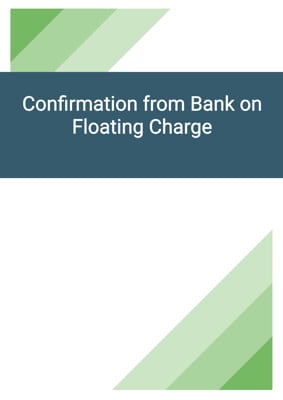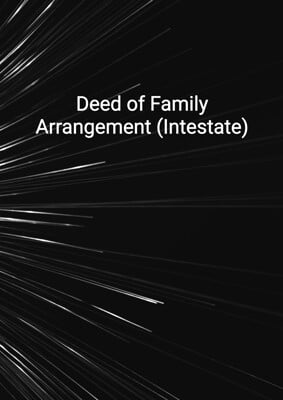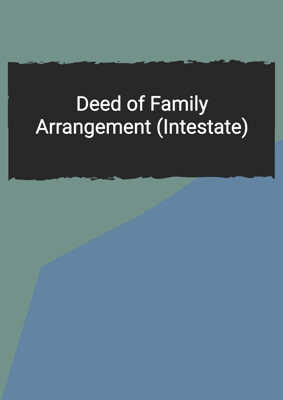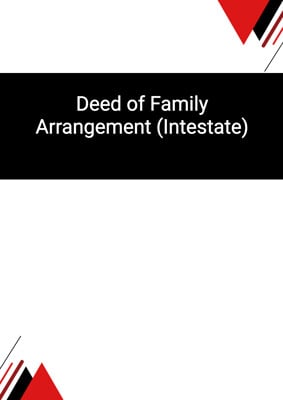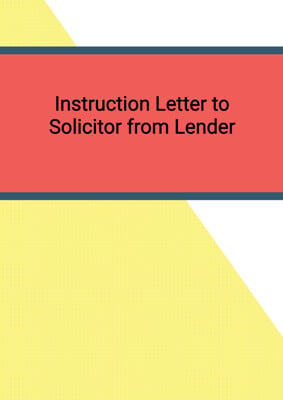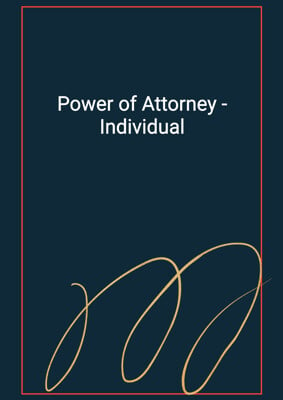How to Tailor the Document for Your Need?
01
Create Document
Fill in the details of the parties. You can click the "Fill with Member’s Information" button to complete it with information saved to your account.
02
Fill Information
Please fill in any additional information by following the step-by-step guide on the left hand side of the preview document and click the "Next" button.
03
Get Document
When you are done, click the "Get Document" button and you can download the document in Word or PDF format.
04
Review Document
The document should be signed by the authorised signatory (or directors of a company) and witnessed to complete the formality.
Document Preview
Document Description
The Deed of Release (Full Release) is a legal document that serves to release the security provider from all liability under the security agreement and reassign the secured property to the security provider. This document is important as it provides a formal and legally binding agreement between the financier and the security provider, ensuring that both parties are released from their obligations and responsibilities.
The document begins with an interpretation section, which defines certain terms used throughout the deed. It clarifies that 'security' refers to the security agreement executed between the parties, and 'secured property' refers to the property that is subject to the security.
The release section states that the financier releases the security provider from all liability under the security agreement. This means that the security provider is no longer obligated to fulfill any obligations or responsibilities outlined in the security agreement. Additionally, the secured property is released from the security and is reassigned to the security provider.
The deed also includes a provision regarding third-party rights. It explicitly states that a person who is not a party to this deed has no rights to enforce any term of the deed. This means that only the parties involved in the agreement have the authority to enforce the terms and provisions.
The governing law section specifies the jurisdiction under which the deed is governed. This ensures that any disputes or legal matters arising from the deed will be resolved according to the laws of the specified jurisdiction.
Lastly, the further steps section outlines the obligations of the financier. The financier agrees to deliver all title documents held by them in respect of the secured property to the security provider. They also agree to do anything reasonably required by the security provider to give full effect to the deed, including notifying relevant authorities and signing any necessary documents.
In conclusion, the Deed of Release (Full Release) is a crucial document that releases the security provider from liability and reassigns the secured property. It provides a clear and legally binding agreement between the parties involved, ensuring that both parties are released from their obligations and responsibilities.
How to use this document?
1. Release the security provider: The financier should release the security provider from all liability under the security agreement. This ensures that the security provider is no longer obligated to fulfill any obligations outlined in the agreement.
2. Reassign the secured property: The financier should release the secured property from the security and reassign it to the security provider. This transfers ownership and control of the property back to the security provider.
3. Clarify third-party rights: It is important to note that a person who is not a party to this deed has no rights to enforce any term of the deed. This means that only the parties involved in the agreement have the authority to enforce the terms and provisions.
4. Determine governing law: Specify the jurisdiction under which the deed is governed. This ensures that any disputes or legal matters arising from the deed will be resolved according to the laws of the specified jurisdiction.
5. Fulfill further steps: The financier should deliver all title documents held in respect of the secured property to the security provider. They should also do anything reasonably required by the security provider to give full effect to the deed, including notifying relevant authorities and signing necessary documents.
Note: It is important to consult with legal professionals to ensure compliance with applicable laws and regulations when using this document.


